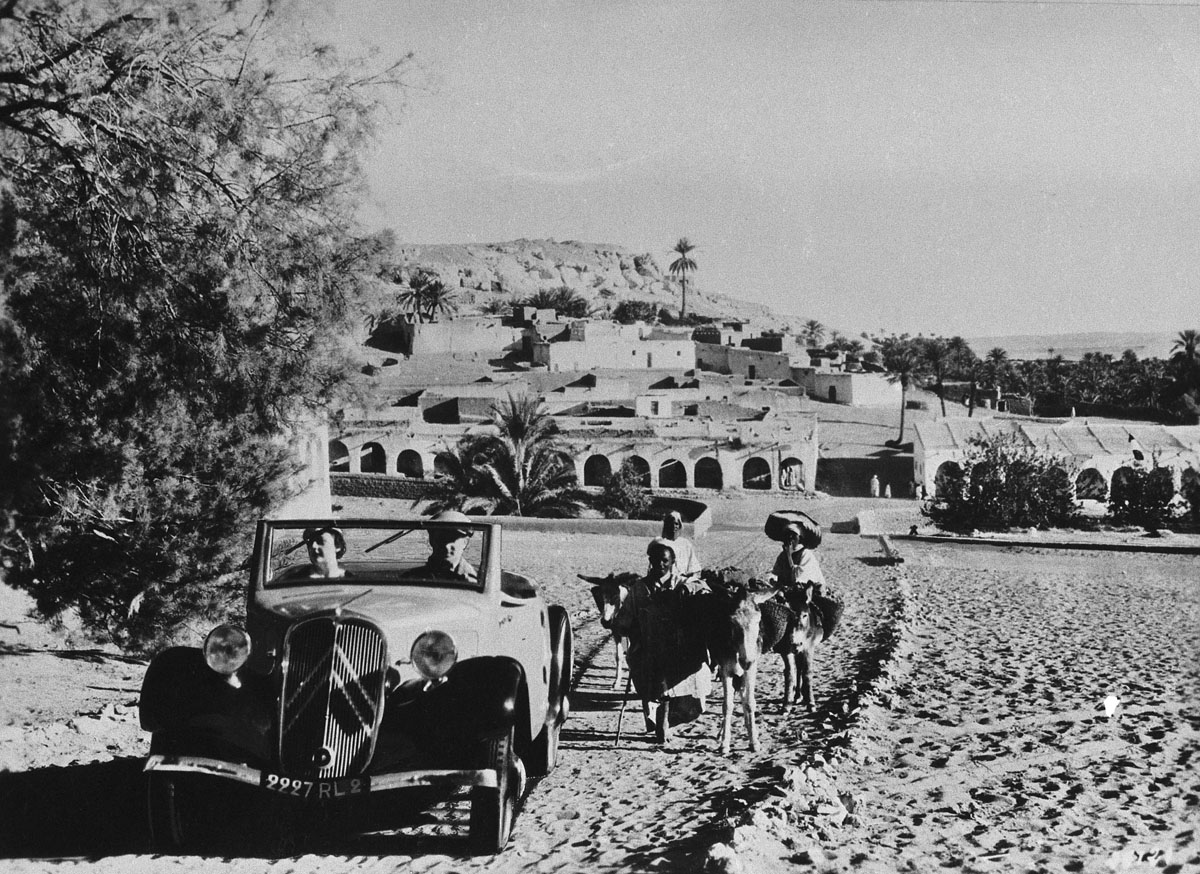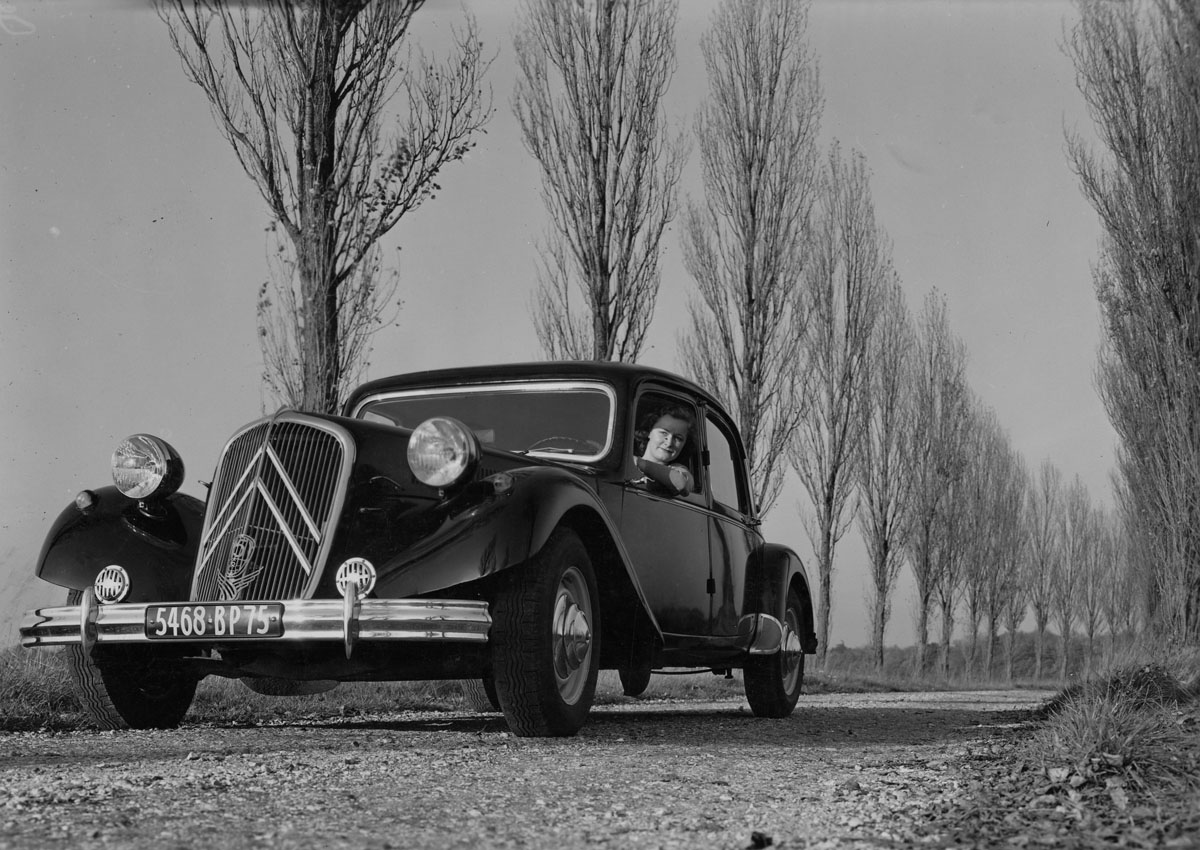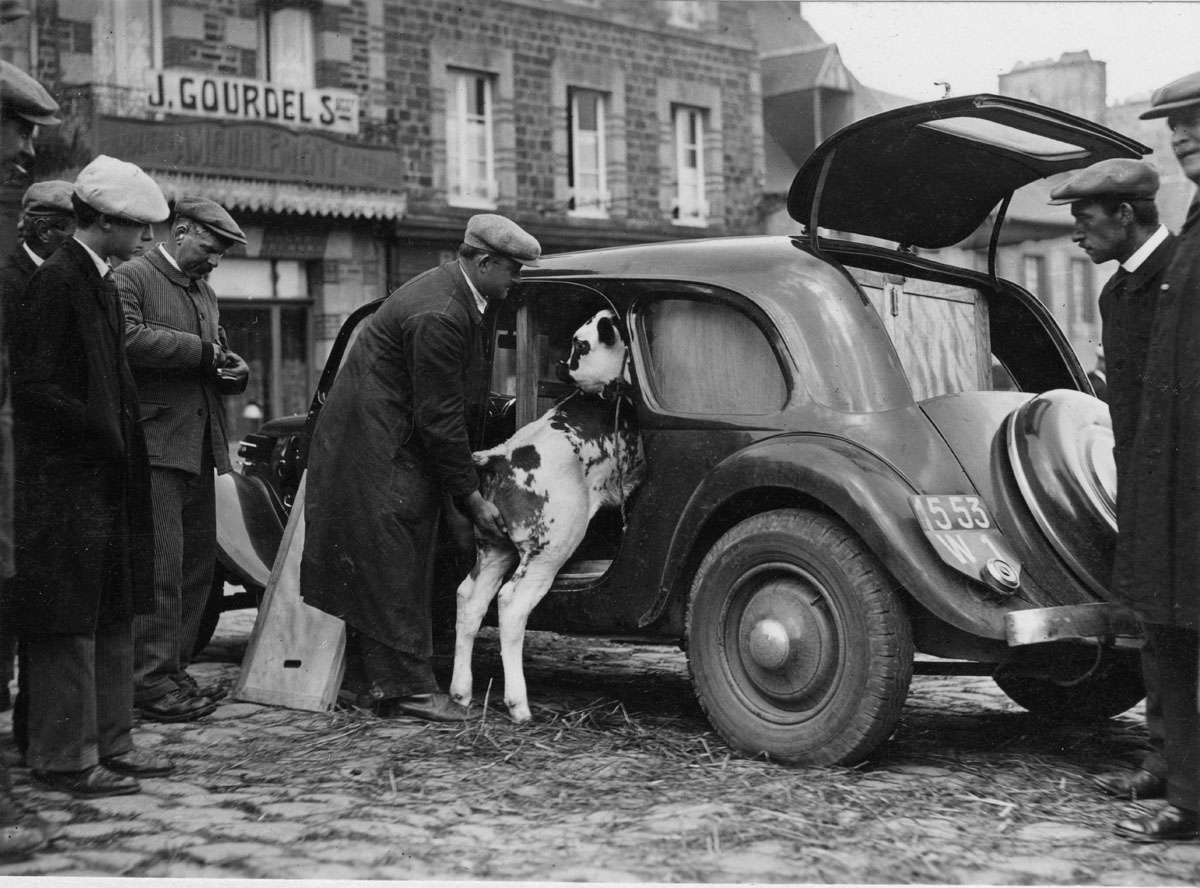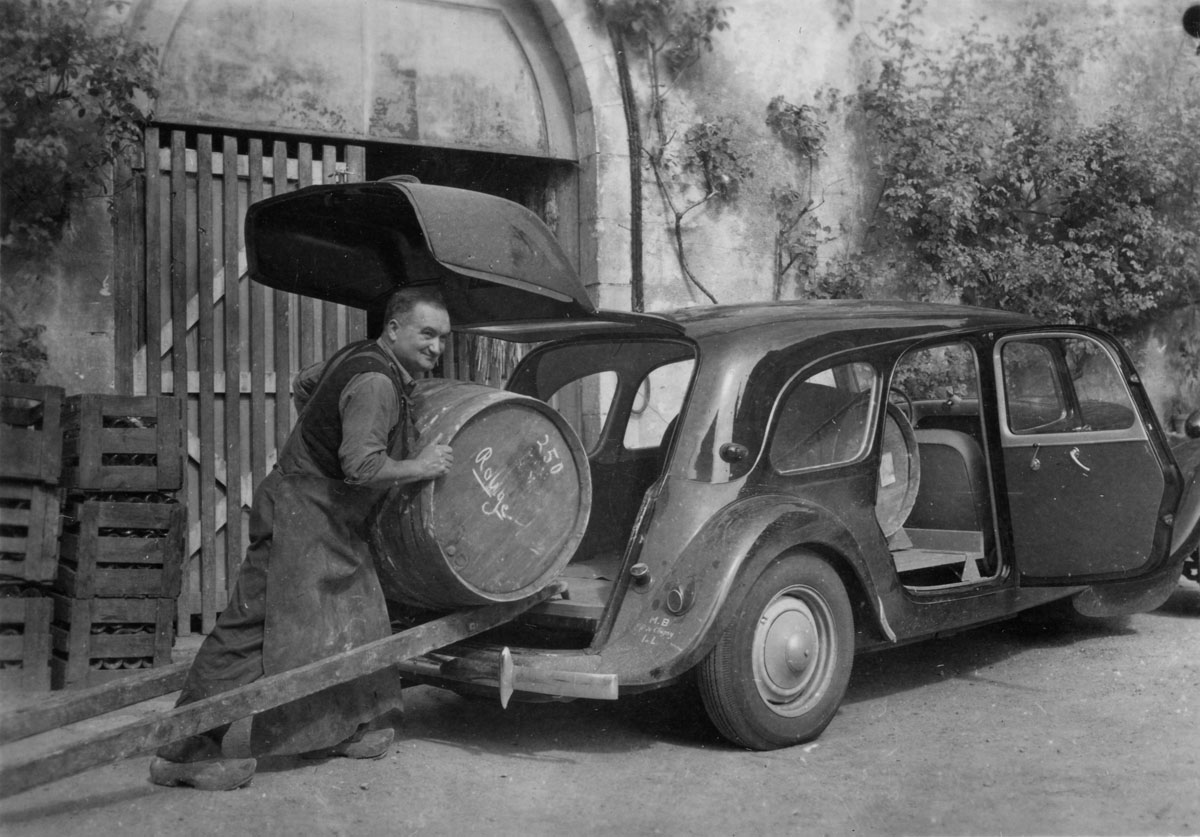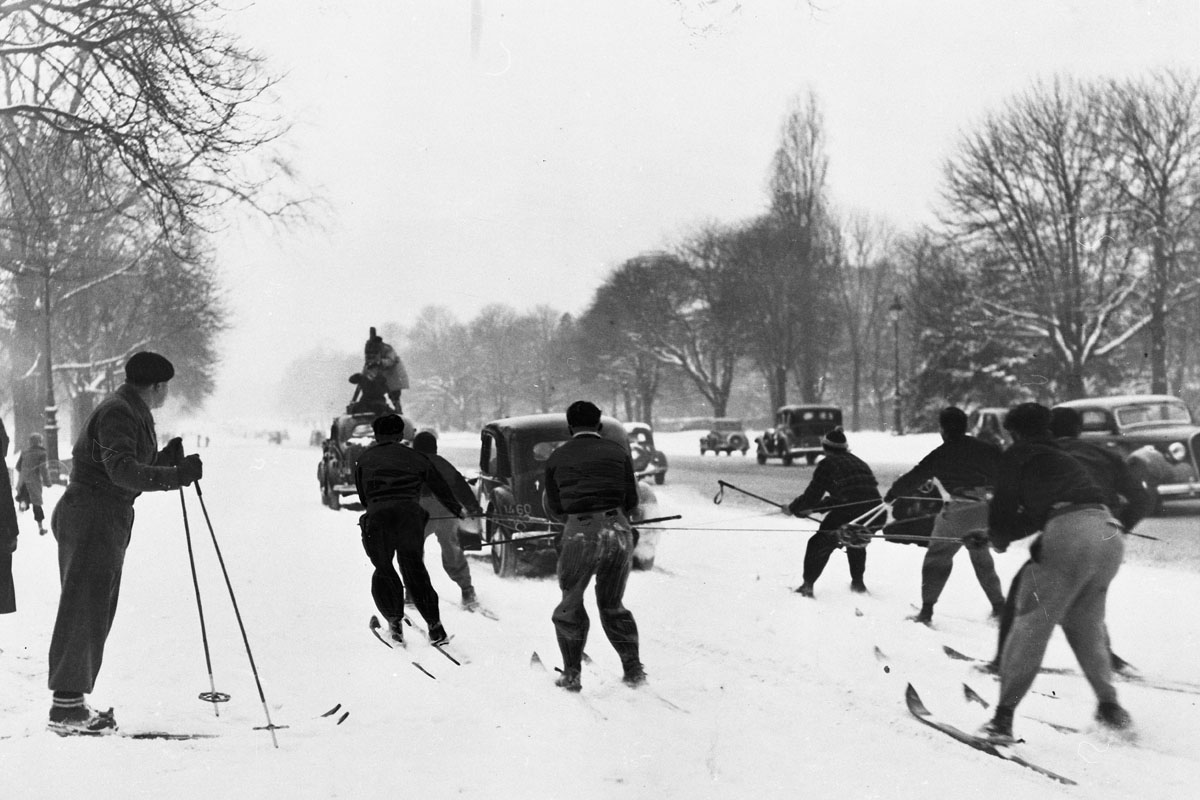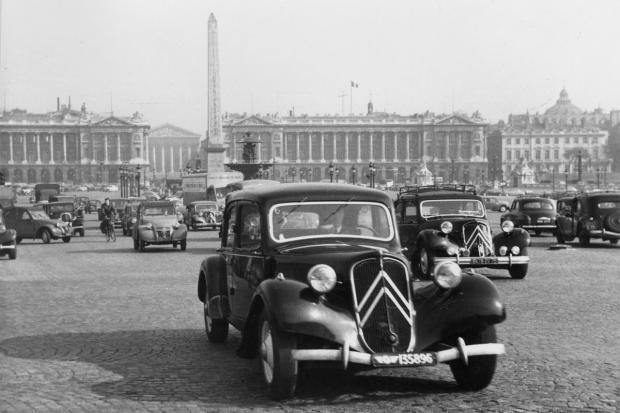
The Citroën Traction Avant first broke cover in 1934 after collaboration between André Lefèbvre and Flaminio Bertoni. The futuristic model would have a lasting impact on car design for decades after its inception, bringing both front-wheel drive and monocoque construction to the European mass market, where before they had only been employed in vehicles with small production numbers. Independently sprung front wheels allied to torsion bar and wishbone suspension were also far ahead of their time, offering superior roadholding and ride comfort to contemporary rivals, which were still using live axle and leaf spring arrangements. To celebrate its 80th anniversary, we look back on one of most influential automotive designs of the 20th Century.
Flaminio Bertoni works feverishly on a scale model of the Traction Avant in 1933.
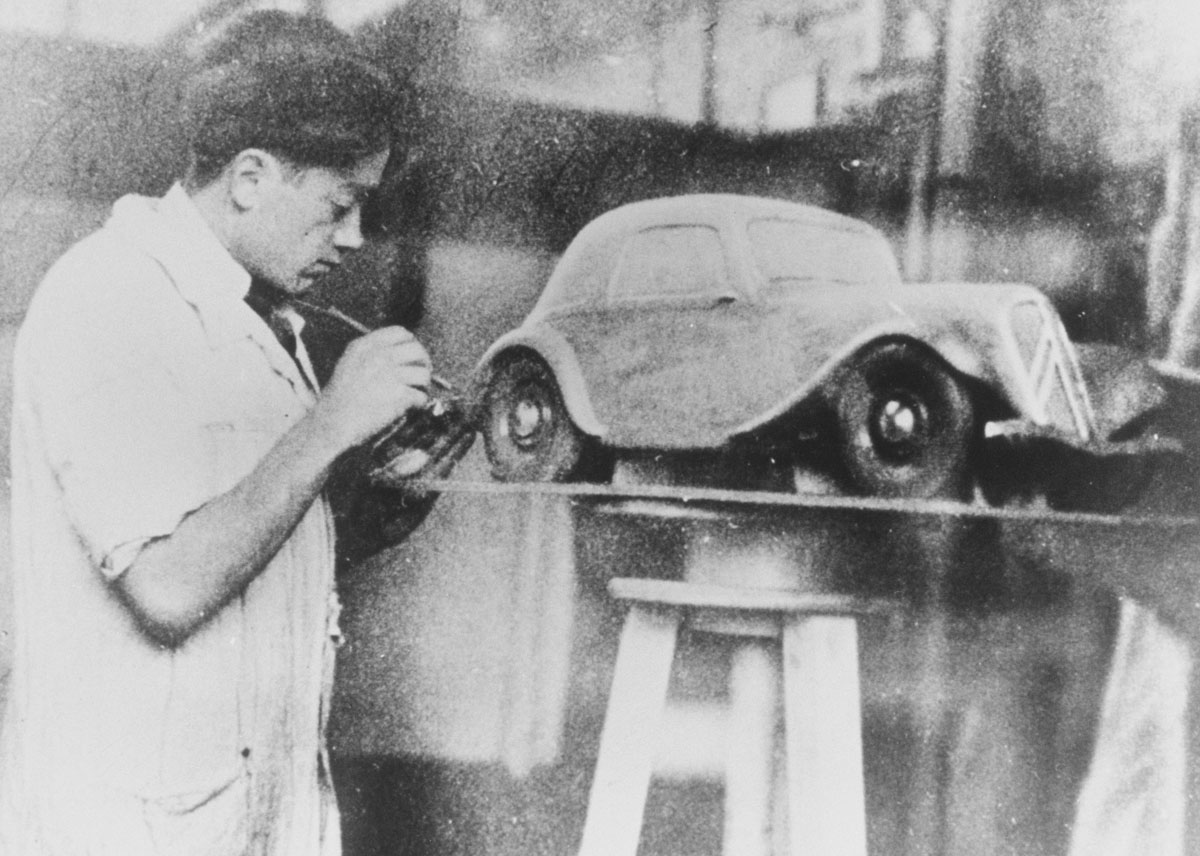
The Traction Avant 7CV is unveiled in 1934 to an expectant crowd. Its low-slung body sets its apart visually.

The Traction Avant 7B Cabriolet was perfect for touring France's African colonies in the 1930s.

